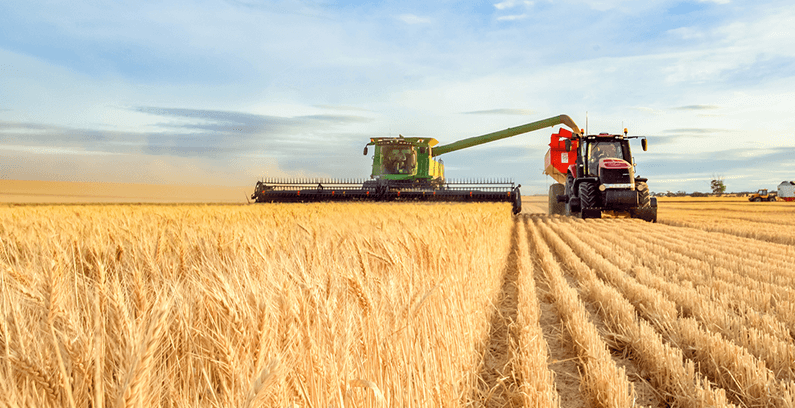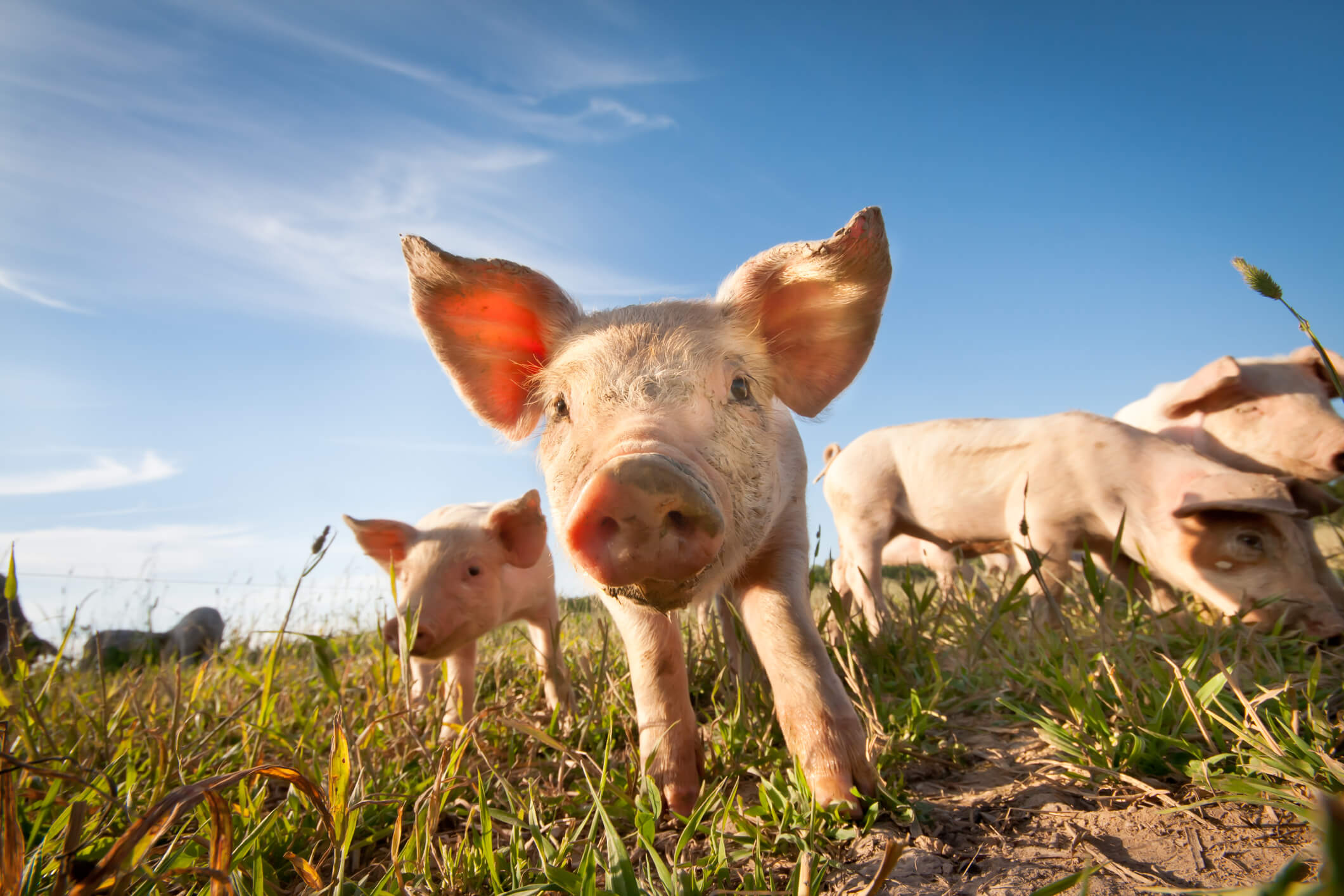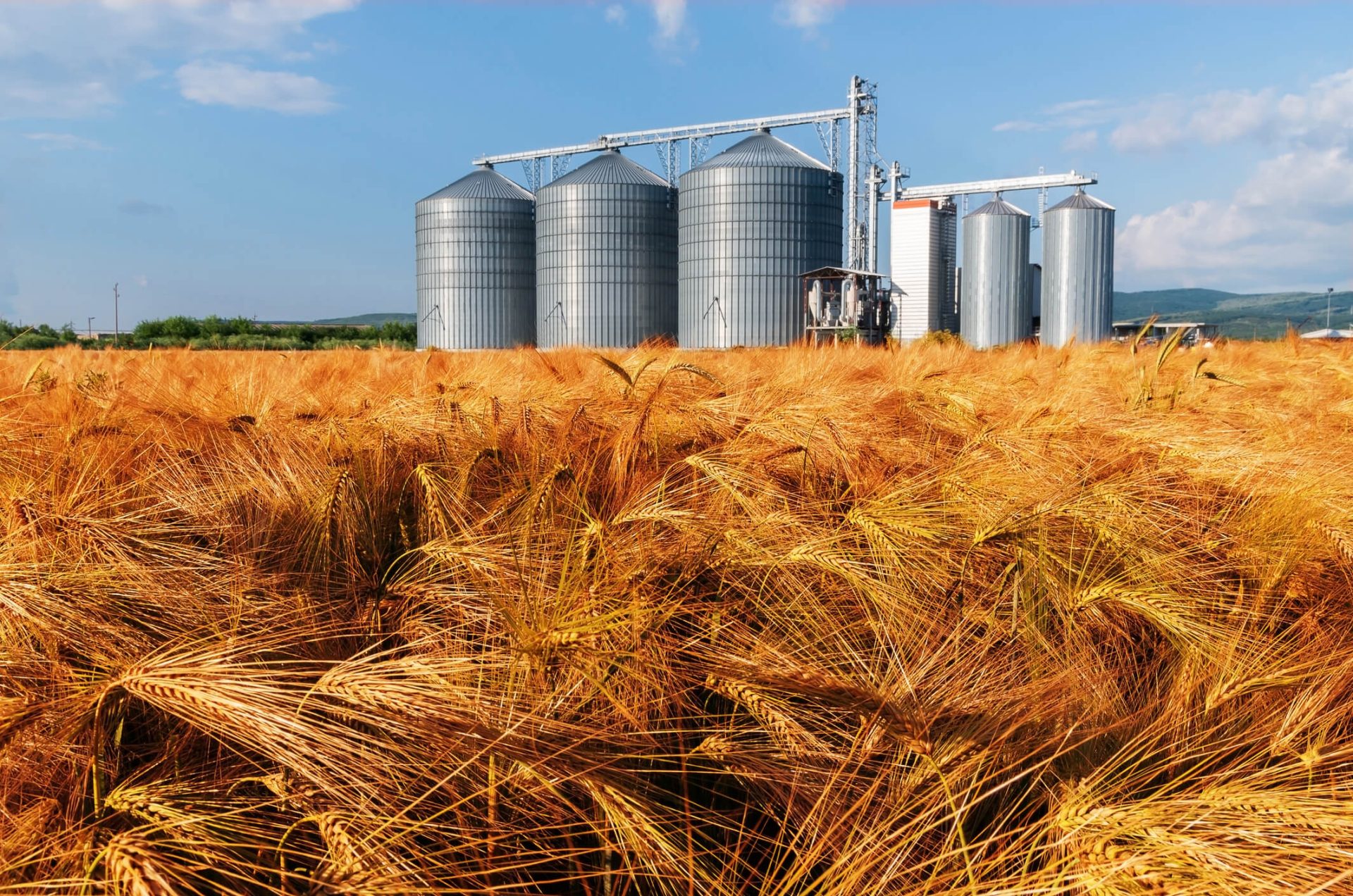Blog
Best Practices for Testing Zearalenone

Zearalenone has been identified as one of three significant mycotoxins to be on the lookout for during harvest season. Zearalenone, along with Aflatoxin and Deoxynivalenol (DON), has been found to have a higher prevalence of being above action limits. So how do we ensure it does not enter the food supply chain? The best practice is to test commodities multiple times at various stages before direct use and not rely on risk-based testing.
What is Zearalenone
Zearalenone is an estrogenic mycotoxin in that it mimics estrogen, an essential hormone in reproduction. Zearalenone binds to the same receptors as the natural hormone estrogen, thus blocking it, causing increased estrogenic activity, which adversely affects reproduction through symptoms such as increased infertility, lowered embryo survival, and the attrition of testosterone in young male animals.
The number one contributor affecting pig reproduction is Zearalenone. It is also directly linked to hormonal misbalance and numerous reproductive diseases in swine, cows, and chickens. In humans, the xenoestrogen effect causes hypoestrogenism, leading to estrogen-related diseases like prostate, ovarian, cervical, and breast cancers.

Controlling Zearalenone
Mycotoxin control is a highly complex problem, as mycotoxins are naturally found in all agriculture. Weather, heat stress, and irrigation play a large part in the proliferation of mycotoxins, and Zearalenone is no different. The Fusarium species, which produces Zearalenone, is a regular part of plant and soil flora and fauna. Producers can mitigate Fusarium risks by rotating, tilling, and sterilizing their field before planting. Using a fungicide throughout the growing season will also lower the risk of a fungal infestation taking hold. Best practices will lower the risk of Zearalenone being present, but ultimately, the end-users act as the gatekeeper for the food supply chain.
Best Practices for Testing
The best way to detect Zearalenone and protect our supply chain is through testing at multiple stages of the life of the commodity prior to its end-use. You should test commodities when they arrive as a shipment, once the commodities enter storage, and immediately before use in producing human or animal foods.

This method identifies Zearalenone contaminated crops coming off the field and before storage, where they can proliferate. A final test, prior to use, will detect contamination that may have occurred during storage. Maintaining the integrity of the commodity will guarantee the quality and mitigate the risk to humans and animals alike.
The risk-based testing method uses weather forecasts by region and other factors to identify testing needs. But this method leaves the public and our potential food sources at risk. Only testing commodities in high-risk areas leaves a lot of room for contaminated feeds to make it into the supply chain.
Zearalenone Test Kits
Charm Sciences designs Zearalenone testing kits to provide rapid identification and screening of samples at the point of receipt, before or after storage, and pre-production.
Charm has the largest number of validated commodities and our ROSA WET-S5 Zearalenone Quantitative Test is USDA-FGIS approved for screening Zearalenone. By using a water-based extraction procedure, you can test for Zearalenone along with Aflatoxin, DON, and Fumonisin. Detect all four mycotoxins from just one extraction using our Rapid One Step Assay (ROSA) lateral flow technology.
How Charm Can Help
If you wish to learn more about Charm’s Zearalenone Tests, please connect with your local rep or click the link below.
Reach out anytime if you need help.
About Charm Sciences
Established in 1978 in Greater Boston, Charm Sciences helps protect consumers, manufacturers, and global brands from a variety of issues through the development of food safety, water quality, and environmental diagnostics tests and equipment. Selling directly and through its network of distributors, Charm’s products serve the dairy, feed and grain, food and beverage, water, healthcare, environmental, and industrial markets in more than 100 countries around the globe.
